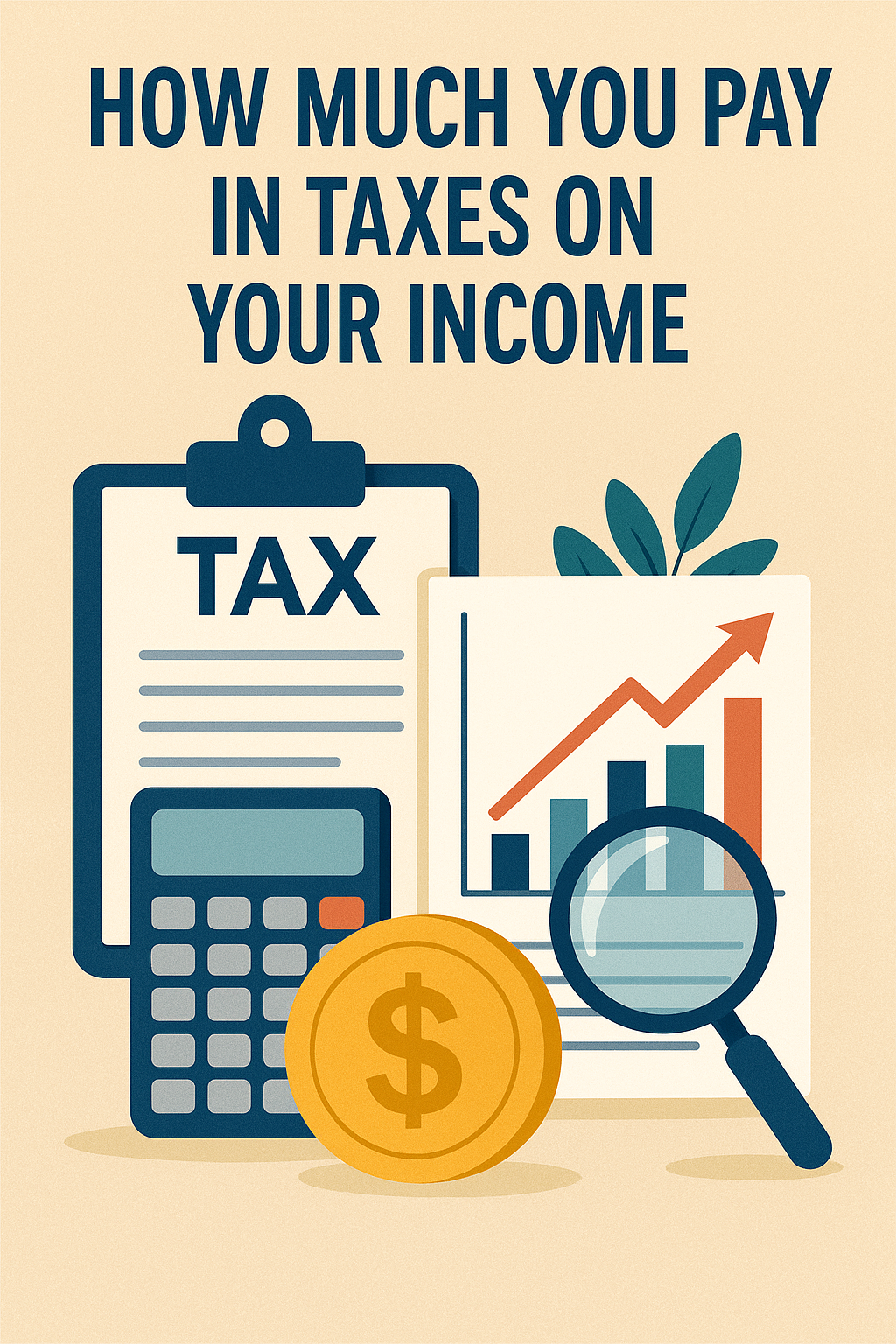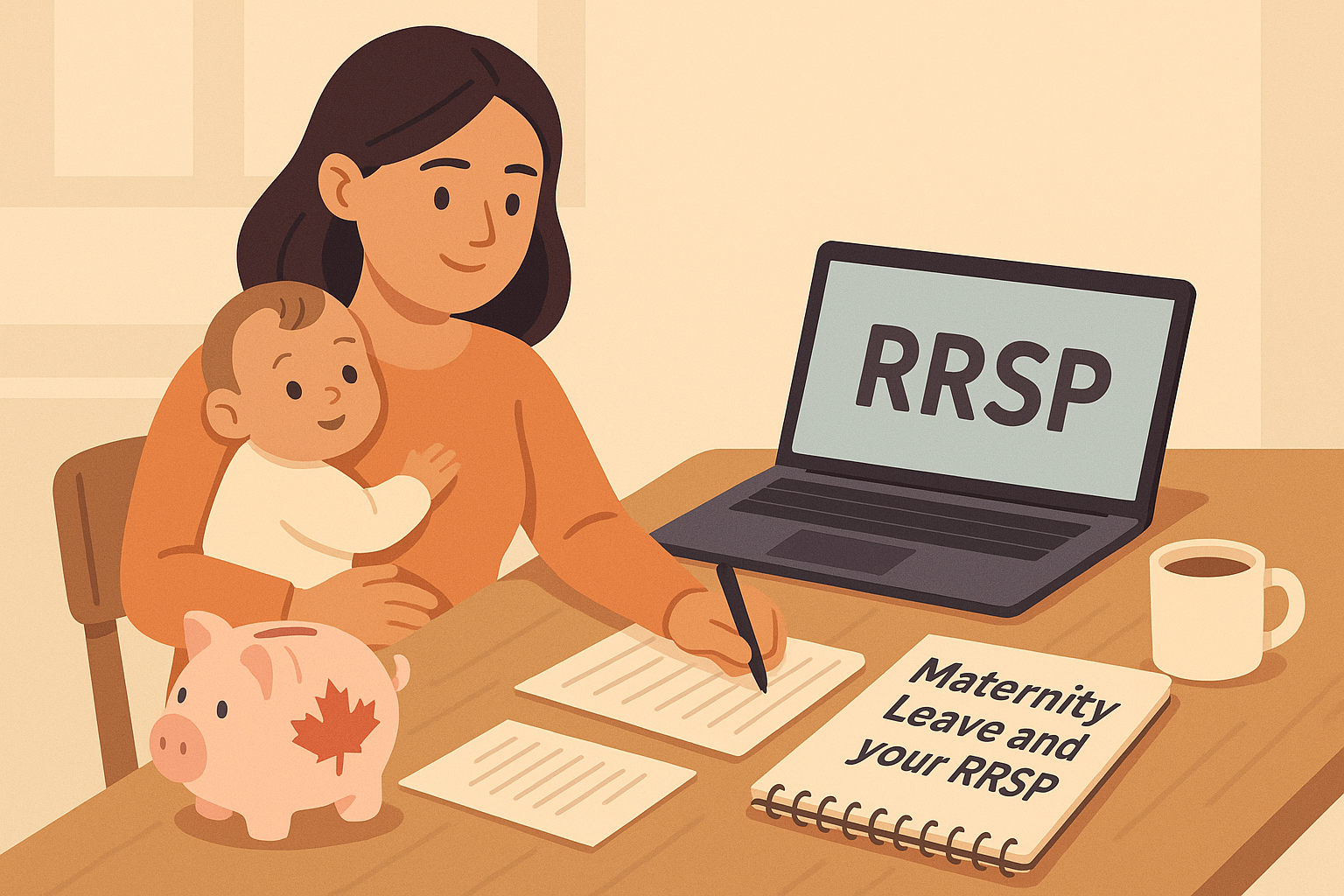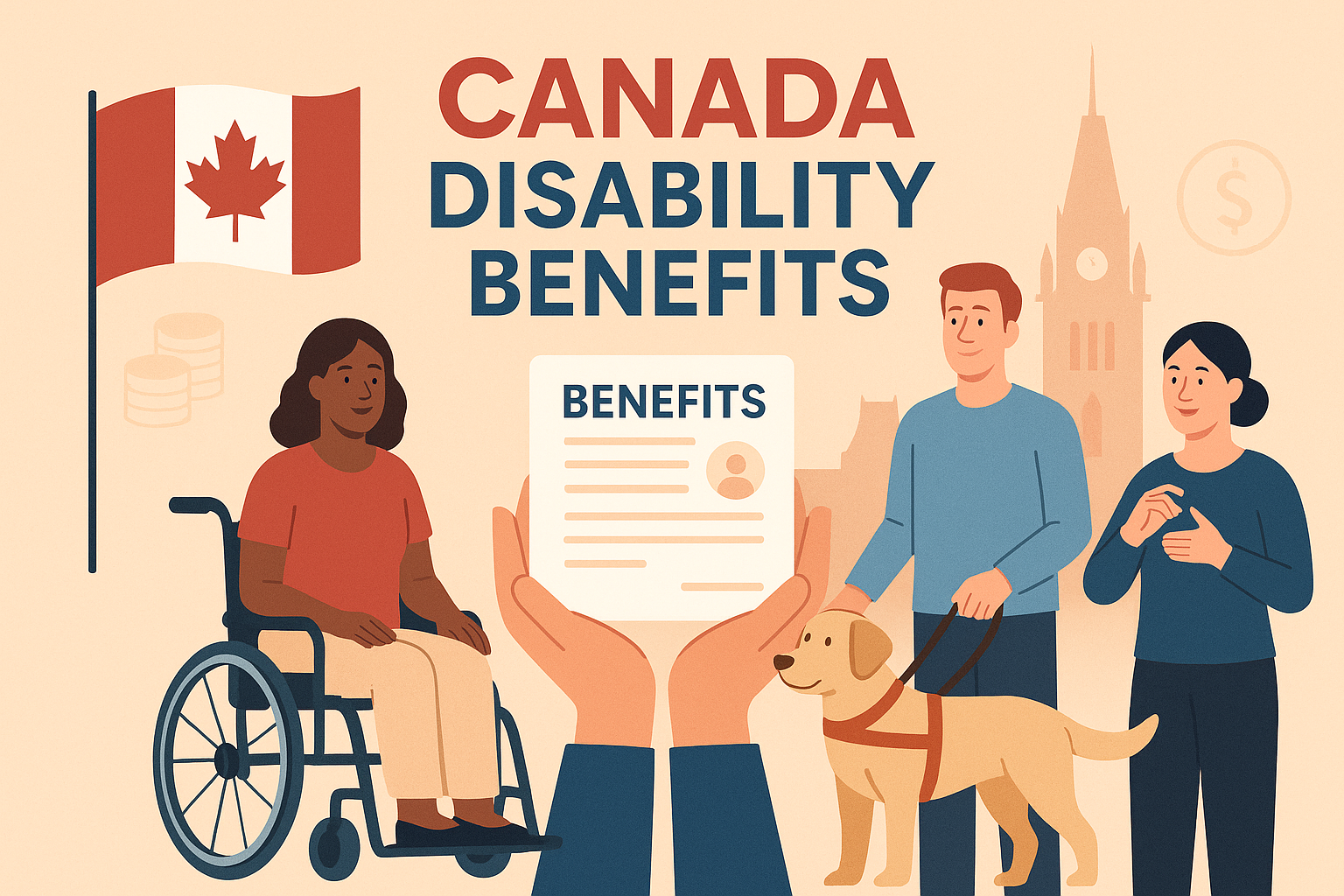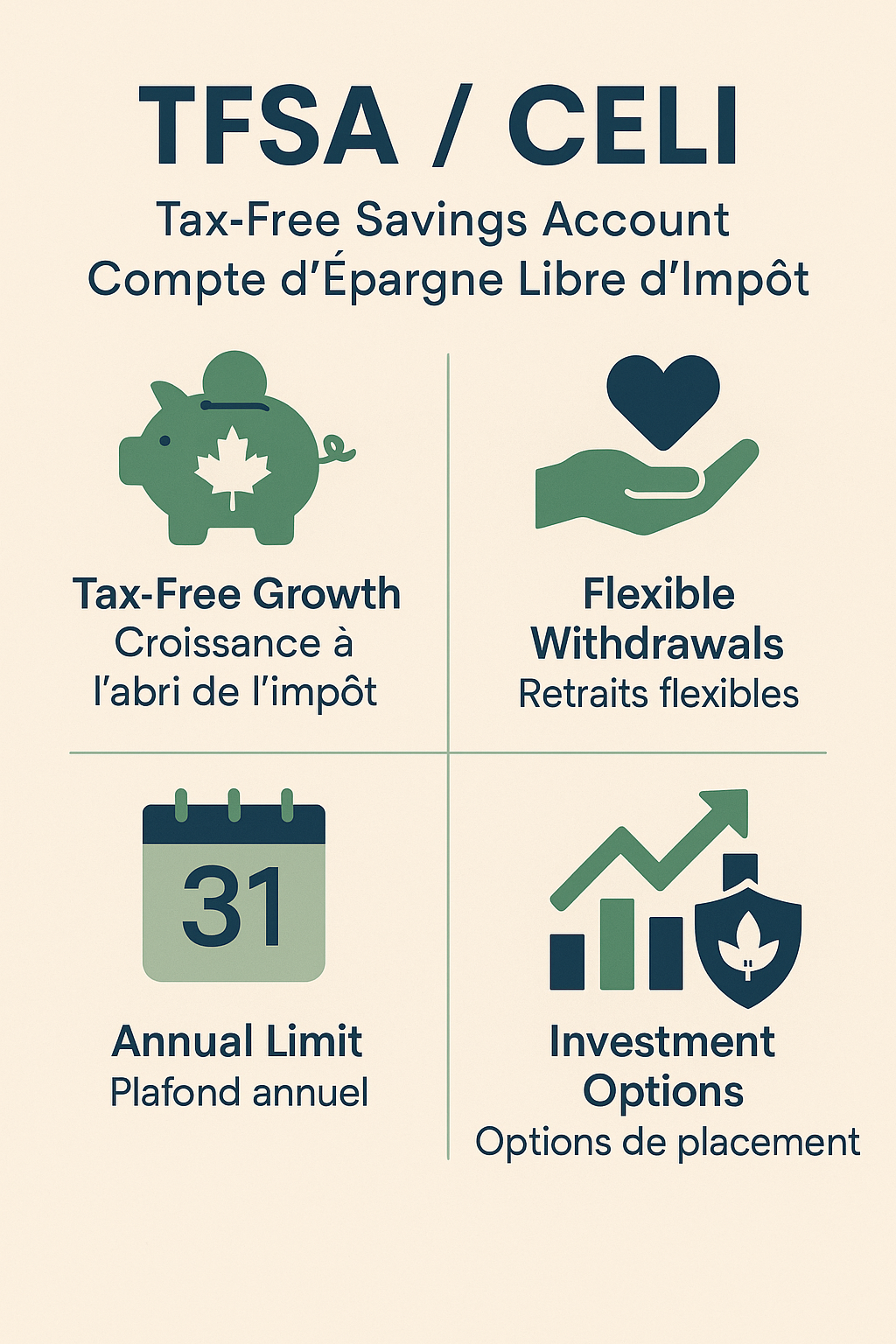It is an undeniable fact that Canada is among the countries with the highest income tax rates. However, Canada also offers numerous tax credits that allow taxpayers to reduce the amount of tax payable. Despite this, many workers claim they are taxed at over 50% of their income in Canada. Is that really true?
This article attempts to deconstruct this myth by providing concrete examples of how to determine the federal income tax you actually pay. It also shows how to determine your effective tax rate.
In Canada, most residents outside Quebec file a single tax return that includes both federal and provincial taxes. The federal government collects its own tax as well as the provincial tax, then forwards the provincial portion to your province. In contrast, residents of Quebec file two tax returns: one to the Canada Revenue Agency (federal) and one to Revenu Québec (provincial).
For simplicity, this article focuses only on federal income tax. Note that in the calculations below, we consider only two non-refundable federal tax credits (the Basic Personal Amount and the Canada Employment Amount). We do not account for other federal non-refundable credits or any provincial/territorial credits.
Disclaimer
While I try to ensure the accuracy of the information contained on this blog, I do not guarantee it. I’m not a licensed financial adviser nor a lawyer, so take this blog only as an educational resource and my personal thoughts and opinions. No liability is assumed for losses or disappointments due to the information provided. It is important that you always exercise your own judgement when making decisions that can impact your wallet, and your life!
I. Federal Deductions (Before Taxation)
Salaries are taxed at the federal level after deducting certain contributions, specifically Employment Insurance (EI) premiums and Canada Pension Plan (CPP) contributions. In other words, if your income for the year is Y, federal tax is applied to (Y – EI contribution – CPP contribution) rather than the full Y.
A. Employment Insurance Premium Deduction
Employment Insurance (EI) provides benefits to eligible individuals who have lost their jobs through no fault of their own and are able and willing to work but cannot find a job. Employees in insurable employment pay EI premiums through withholdings on their salary. The employee’s premium is calculated as a percentage of insurable earnings, up to a yearly maximum.
For 2025, the EI premium rate is 1.64% of gross income, and the maximum insurable earnings are $65,700. This means the maximum EI contribution an employee will pay in 2025 is capped at $1,077.48. Employers are required to pay EI premiums at a rate 1.4 times the employee rate (employer contributions are not covered in this article).
For example, if an employee’s income in 2025 is $75,000, the EI premium would be calculated as:
EI premium = $75,000 × 1.64% = $1,230.
However, because EI contributions are capped, the employee will actually pay only $1,077.48 (the maximum for 2025), not $1,230.
B. Canada Pension Plan Contribution Deduction
The Canada Pension Plan (CPP) requires mandatory contributions from most working Canadians aged 18 to 69. The contribution is based on earnings and is split equally between the employee and the employer (self-employed individuals must pay both portions in full).
For 2025, the basic exemption (income not subject to CPP) is $3,500. The maximum pensionable earnings are $71,300. The contribution rate is 5.95% of earnings between the $3,500 exemption and the $71,300 ceiling, for both the employer and the employee. (A self-employed person would effectively pay 11.90%, covering both shares.)
In other words, if your annual income in 2025 is $75,000, your CPP contribution would be calculated on the portion above $3,500, as follows:
CPP contribution (pre-cap) = $(75,000 – 3,500) × 5.95% = $4,254.25.
There is a maximum annual CPP contribution, which for 2025 is $4,034.10 per employee. In this example, the calculated $4,254.25 exceeds the cap, so the actual CPP deduction would be $4,034.10 (and not $4,254.25).
II. Some Useful Non-Refundable Tax Credits
The federal government provides several non-refundable tax credits to reduce your tax payable. Two fundamental credits – the Basic Personal Amount (BPA) and the Canada Employment Amount (CEA) – automatically apply to most taxpayers and typically reduce your taxable income (or tax owed) even before any calculations. You do not need to explicitly claim BPA or CEA on your return (they are applied automatically), but you would need to claim other non-refundable credits manually if you are eligible for them.
A. Basic Personal Amount (BPA)
The Basic Personal Amount is a non-refundable tax credit that all Canadian taxpayers can claim. If your income is at or below the BPA, you will pay no federal income tax. If your income is above that amount, the BPA will still provide a reduction in the tax you owe (effectively shielding the first portion of your income from tax).
For 2025, the BPA is set at $16,129. (This amount is indexed periodically for inflation or adjusted by policy, so it’s wise to check the BPA for the current tax year.)
B. Canada Employment Amount (CEA)
The Canada Employment Amount is a non-refundable tax credit available to individuals who report employment income for the year. It is designed to help offset work-related expenses such as uniforms, computers, and supplies needed for your job. (Self-employed individuals cannot claim this credit.)
For 2025, you can claim the lesser of:
$1,471, or
Your total employment income for the year.
For example, if your employment income in 2024 was $20,000, you can claim the full $1,471 (since $1,471 is less than your income). If your employment income was only $800, you could claim only $800 (the credit cannot exceed what you actually earned from employment).
III. Canadian Income Tax Brackets
Federal income tax in Canada is progressive, meaning different portions of your income are taxed at different rates. The federal tax brackets and rates for 2025 are as follows:
15% on the first $57,375 of taxable income.
20.5% on the portion of taxable income over $57,375 up to $114,750.
26% on the portion of taxable income over $114,750 up to $177,882.
29% on the portion of taxable income over $177,882 up to $253,414.
33% on any taxable income exceeding $253,414.
(“Taxable income” refers to income after subtracting deductions but before applying credits. Non-refundable credits (like the BPA and CEA) reduce the tax you owe, not your taxable income, although for simplicity we sometimes illustrate their effect as if they reduce income.)
IV. Estimating Your Federal Income Tax
As you can see, the federal tax you owe will vary greatly depending on your EI and CPP contributions (which reduce the income subject to tax) and the non-refundable credits you can claim (which reduce the tax payable). The following examples provide rough estimates of federal income tax for different income levels. These are estimates only and are not meant to precisely determine your tax liability. It is always recommended to consult a professional accountant or tax advisor for accurate tax calculations for your situation.
For the sake of illustration, I consider several example incomes covering different tax brackets, using the 2025 rates and thresholds. In each example, I apply the maximum BPA and CEA credits. All figures are for the 2025 tax year.
Example 1: Annual Income Below the Basic Personal Amount
Assume that your annual gross income for 2025 is $16,129, which is equal to the Basic Personal Amount threshold. At this income level, you would expect to owe no federal taxes, since the BPA should cover your entire income. To verify, let’s walk through the calculations as if tax were to be applied:
CPP contribution: (16,129 – 3,500) x 5.95% = $751.43
EI premium: $16,129 x 1.64% = $264.52
Income after mandatory contributions: $16,129 – 751.43 – 264.52 = $15,113.05
Federal tax after applying BPA and CEA credits: (15,113.05 – 16,129 – 1,471) x 15% = -$373.04
The calculation yields a negative tax, which indicates a refund of about $373.04. In practice, this means you would owe no federal tax and would actually receive roughly $373.04 back (likely through tax withholdings returned to you). This confirms that when your annual income is at or below the Basic Personal Amount, you do not pay any federal income tax (and may even get a small refund).
Example 2: Annual Income Within the First Tax Bracket (above the BPA)
Assume that your annual income is $57,000. This income is within the first federal tax bracket (it’s below the first bracket cutoff of $57,375), and it is above the Basic Personal Amount. We will calculate the estimated federal tax:
CPP contribution: (57,000 – 3,500) x 5.95% = $3,183.25
EI premium: $57,000 x 1.64% = $934.80
Income after mandatory contributions: $57,000 – 3,183.25 – 934.80 = $52,881.95
Federal tax after applying BPA and CEA credits: (52,881.95 – 16,129 – 1,471) x 15% = $5,292.29
If we assume you have no additional non-refundable credits (which is a very unlikely assumption), the federal tax payable for 2025 on a $57,000 income would be approximately $5,292.29. This amount corresponds to an effective federal tax rate of about 9.28% of your gross income ($5,292.29 ÷ $57,000).
In other words, an individual in this scenario is effectively paying 9.28% of their annual salary in federal income tax, even though their income falls in the 15% tax bracket. The difference is due to the fact that not all income is taxed at 15% (because of credits and the portion of income below the BPA that isn’t taxed).
Example 3: Annual Income in the Second Tax Bracket
Bobby’s annual gross income for 2025 is $87,000. This level of income extends into the second federal tax bracket (some of his income is above $57,375). We will estimate Bobby’s federal tax:
CPP contribution: (87,000 – 3,500) x 5.95% = $4,968.25, but this exceeds the 2025 maximum, so CPP = $4,034.10 (max contribution).
EI premium: $87,000 x 1.64% = $1,426.80, but this exceeds the 2025 maximum, so EI = $1,077.48 (max contribution).
Income after mandatory contributions: $87,000 – 4,034.10 – 1,077.48 = $81,888.42$ (this is Bobby’s taxable income before credits).
Applying BPA and CEA credits: $81,888.42 – 16,129 – 1,471 = $64,288.42 of taxable income after accounting for the basic credits.
Tax on first $57,375 at 15%: $57,375 × 15% = $8,606.25
Tax on remaining at 20.5%: (64,288.42 – 57,375 )× 20.5% ≈ $1,417.25
Total federal tax: $8,606.25 + $1,417.25 ≈ $10,023.50
If Bobby has no other non-refundable credits, his federal income tax would be roughly $10,023.50 for 2025. This amounts to an effective tax rate of about 11.76% of his $87,000 income.
Thus, Bobby effectively pays around 11.76% of his gross income in federal tax, even though portions of his income are taxed in the second bracket (20.5%). The use of the Basic Personal Amount and the fact that the higher rate only applies to the income above $57,375 keep his overall rate low.
Example 4: Annual Income in the Third Tax Bracket
Perth’s annual gross income for 2025 is $145,000. This income falls into the third federal tax bracket (portions of his income exceed $114,750). We will estimate Perth’s federal tax:
CPP contribution: (145,000 – 3,500) x 5.95% = $8,398.25, but capped at $4,034.10 (2025 max).
EI premium: $145,000 x 1.64% = $2,378, but capped at $1,077.48 (2025 max).
Income after mandatory contributions: $145,000 – 4,034.10 – 1,077.48 = $139,888.42 (taxable income before credits).
Applying BPA and CEA credits: $139,888.42 – 16,129 – 1,471 = $122,288.42 taxable after basic credits.
Tax on first $57,375 at 15%: $57,375 × 15% = $8,606.25
Tax on next $57,375 (from $57,375 up to $114,750) at 20.5%: (114,750 – 57,375) × 20.5% = $11,761.88
Tax on remaining at 26%: (122,288.42 – 114,750) × 26% ≈ $1,959.99
Total federal tax: $8,606.25 + $11,761.88 + $1,959.99 ≈ $22,328.12
Assuming no other credits, Perth would pay approximately $22,328.12 in federal tax for 2025. This equates to an effective federal tax rate of about 15.4% of his $145,000 income.
Even though Perth’s top marginal tax bracket is 26%, his overall percentage of income paid in federal tax is about 15.4%, because large portions of his income are taxed at the lower brackets (15% and 20.5%) and he benefits from the basic credits.
Conclusion
As these examples show, even at relatively high incomes, the effective tax rate (the percentage of your total income that you actually pay in tax) is much lower than the highest marginal rate. Claims of being “taxed at more than 50%” are usually misguided, especially when considering federal income tax alone. In reality, only the portion of income above certain thresholds is taxed at the higher rates, and credits like the BPA and CEA significantly reduce the tax burden for all taxpayers.
You can use the same approach illustrated above to estimate your federal tax for other income levels and tax brackets. Remember that this analysis is simplified and focuses on federal tax – actual take-home pay will also be affected by provincial taxes and other deductions, and consulting a tax professional is advisable for personal tax planning.
Donate To Support This Blog
If you find this content helpful, please consider supporting Finance Faded with a small donation. As a solo author, I cover all costs—from hosting and domain fees to essential plugins and maintenance—out of pocket. Your contribution helps keep the site running and allows me to continue producing independent, high-quality financial insights. You can donate any amount by clicking on the “Buy Me a Coffee” button below. Thank you for your support!







